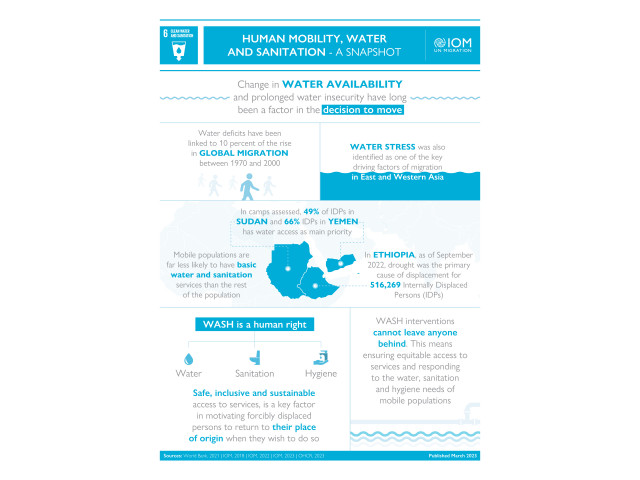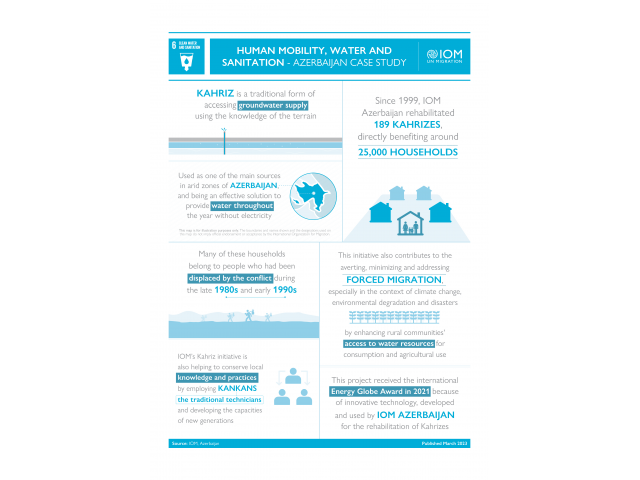Migration for Sustainable Development
Click on a development sector or a Sustainable Development Goal (SDG) and scroll down to explore its migration linkages, relevant Global Compact for Migration (GCM) Objectives, data and measuring tools, case studies and resources.
Human mobility affects and is affected by all development areas: for example, healthy and educated migrants and displaced persons can more easily participate in and contribute to society and migrants with regular status have improved access to decent and safe work. Migration is a global phenomenon affecting all countries and its effective governance needs global partnerships.
To create the future we want and need, we must empower migrants to fulfil their development potential, which can, in turn, have positive ripple effects for communities locally, regionally and globally. The Sustainable Development Goals (SDGs) represent our global effort to progress towards prosperous and healthy societies. Migrants have a critical role to help fulfil the promises of these Goals; indeed, SDG 10 (Reduced Inequalities) calls for the promotion of safe, orderly and regular migration. The Global Compact for Migration (GCM) sets out a roadmap to help us do exactly this. Read more about M4D and our approach.


